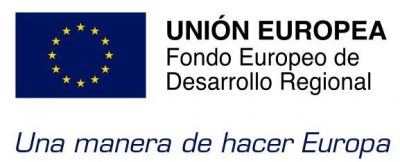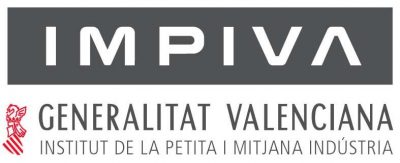“This project will undertake the design of a hybrid system based on a PEM hydrogen fuel cell and supercapacitors in order to implement the system in a medium power electric Kart for use by young people (12 to 16 years). The hydrogen-fuelled electric vehicle to be manufactured will have four clearly distinctive functional units: Electric vehicle. This is an electric vehicle without the power to be fuelled by a fuel cell. The scope of this project does not include the R&D to manufacture a vehicle with these features: there are various medium power (less than 1 kW) electric Kart models on the market for young people. Therefore a search will be made focussed on acquiring an ideal model (weight, shape, electric power, etc.) for its modification and adaptation for use with a fuel cell. Hybrid system. The combined use of double-layer capacitors (supercapacitors) and fuel cell entails a synergistic effect based on the power density and energy density that they respectively contribute. This type of system is very useful in electric vehicles where the electrical power used in acceleration is much greater than the nominal power of the motor: the hydrogen stack acts as a main energy source while the supercapacitors supplement high frequency peak power. Regenerative braking. The regenerative braking system uses an electromagnetic type clutch capable of taking advantage of the vehicle’s engine braking to generate energy and so to recharge the hybrid system supercapacitors. Electromagnetic braking converts mechanical energy into electrical energy, increasing the autonomy of the vehicle and reducing the wear on the mechanical brake. Electronic control unit. This is the brain of the vehicle. It consists of a printed circuit board with all the electronic components necessary for data acquisition and control of physical variables (voltage, current, pressure, temperature, humidity, flow rate, etc.) involved in the operation of the hybrid system, the regenerative braking system and the interaction of these with the electric vehicle. The electronic control unit is a micro-controlled circuit that responds to a deterministic behaviour, that is: all the possible reactions are determined and therefore there is no room for a malfunction that could cause a failure of the electric vehicle. The prototype to be developed will be a high energy efficiency electric vehicle with zero polluting emissions, aimed at young people and leisure in general. The qualities of this electric Kart imply a breakthrough, not hitherto seen in the Region of Valencia, in the development of electric vehicles supported by hydrogen technologies. The technical knowledge acquired at the end of the project will also provide AIJU with sufficient skills to meet the challenge of helping to implement this type of technology in various products (electric toys, electric bicycles, forklifts, higher power electric vehicles, etc.) manufactured by Valencian companies.”
Start date: 14/02/2011

